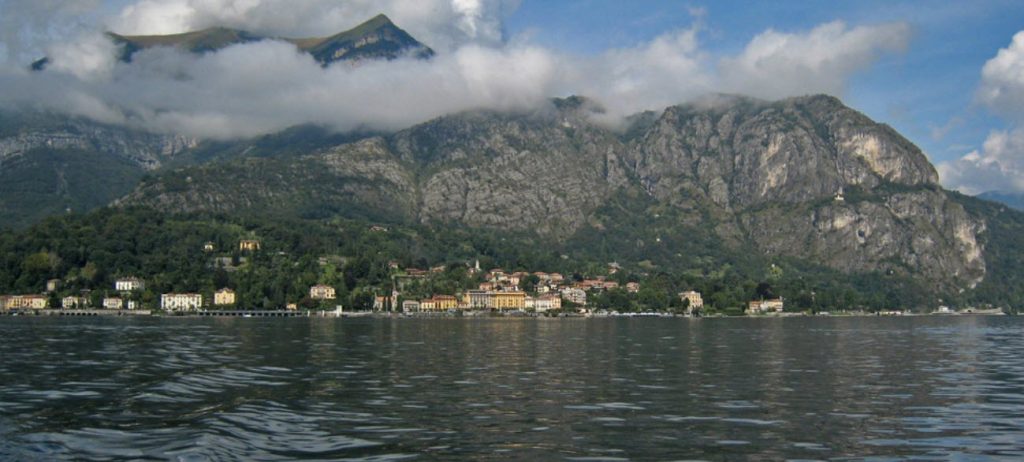Nestled on the western shores of Lake Como, Cadenabbia is a tranquil haven that epitomizes the serene beauty and timeless charm of the Italian lakes region. This picturesque village, with its breathtaking views, historic villas, and lush gardens, offers a slice of paradise for travelers seeking both relaxation and adventure.
Cadenabbia, also known as Cadenabbia di Griante, is a jewel on Lake Como’s shores, offering a blend of natural beauty, historical richness, and modern comforts. Whether seeking a peaceful retreat or an active holiday, visitors to Cadenabbia will find themselves enchanted by its scenery, charmed by its history, and captivated by the laid-back lifestyle that defines the Italian lakes. In Cadenabbia, the essence of “la dolce vita” is not just a phrase but a tangible experience, waiting to be discovered.
Let’s embark on a journey to discover the allure of Cadenabbia, exploring its attractions, history, and the unique experiences it offers.

The charm of Cadenabbia
Scenic beauty: Cadenabbia enjoys a privileged position on Lake Como, providing stunning vistas of the lake and its mountainous backdrop. The promenade along the lakefront is a peaceful spot for a leisurely stroll, where the tranquility of the water and the grandeur of the landscape create a mesmerizing harmony. The Lake Como Greenway is a 10 km walkway running from Colonno to Cadenabbia, just before Griante. The western two-thirds of the route (the part between Colonno and Messegra) is a high-level footpath above the lake road, while the eastern third is mostly lake-front. Walking the full distance from Colonno to Cadenabbia usually takes around three-and-a-half hour.
Historic villas and gardens: The area around Cadenabbia is dotted with historic villas and lush gardens, each telling a story of the region’s past. Villa Carlotta is a highlight, renowned for its art collection and botanic garden. The villa’s garden is a masterpiece of landscaping, boasting azaleas, rhododendrons, and ancient cedar and sequoia trees.
Outdoor activities: For the active traveler, Cadenabbia and its environs offer a range of outdoor activities. Hiking trails abound, with paths that range from gentle walks along the lake to more strenuous treks into the surrounding hills and mountains. Water sports, such as kayaking and sailing, provide a unique perspective on Lake Como’s beauty.
Culinary delights: No visit to Cadenabbia is complete without indulging in the local cuisine. Lakeside restaurants and cozy trattorias serve delicious Lombard dishes, with an emphasis on fresh, local ingredients. The region’s wines and olive oils also deserve special mention, offering a taste of the area’s rich agricultural heritage.
Gateway to exploration: Cadenabbia is a great base for exploring Lake Como and its surroundings. The village is well connected by ferry services, making it easy to visit nearby towns such as Bellagio, Varenna, and Menaggio. These ferries provide a scenic and convenient way to explore the beauty and cultural heritage of Lake Como.
A stroll through history
Cadenabbia’s history is intertwined with the narratives of Lake Como and its appeal to powerful families, artists, writers, and travelers. In the 19th and early 20th centuries, the village became a favored destination for European and American tourists, including famous figures such as Queen Victoria and German Chancellor Konrad Adenauer. The charm of Cadenabbia, with its idyllic landscape and mild climate, has long inspired poets and painters, capturing the imagination of all who visit.
From mid-July to early September in 1840, the author Mary Shelley and her son Percy Shelley stayed in the Albergo Grande hotel in Cadenabbia. Later, she would write about the experience in ”Rambles in Germany and Italy”, which was published in 1844.
In the early 1850s, the Italian musician Giulio Ricordi had a mansion built in Cadenabbia, on the shore of the lake. Named Villa Margherita Ricordi, one of its more notable guests was Guiseppe Verdi who is believed to have composed parts of the opera La Traviata during his stay here.
Planning your visit
Best time to visit: The best time to explore Cadenabbia is from spring to autumn when the weather is pleasant and the gardens are looking their very best. The summer offers vibrant cultural events, but for those seeking tranquility, spring and autumn provide a quieter experience.
Getting there: Cadenabbia is easily accessible from Milan and its airports by car or public transport. The journey itself, winding through the picturesque Lombardy countryside, is part of the experience, setting the stage for the beauty that awaits in Cadenabbia.
It is not possible to go by railway all the way to Cadenabbia, but you can get fairly close. There are three railway stations in Como: Como San Giovanni, Como Nord Lago and Como Nord Borghi. Trains also run up along the lake´s eastern shore, from Lecco to Varenna and Colio, and then on to Sondrio and St. Moritz. If you are going to the lakes region from northern Europe, convenient sleeper trains run from Amsterdam through Duesseldorf, Cologne (Köln), Frankfurt and Basel, and stop at the station Como San Giovanni on their way to Milan.
Accommodations: Cadenabbia offers a variety of accommodations, from historic hotels and luxury villas to charming bed and breakfasts. Many of these establishments boast incredible views of Lake Como, ensuring a memorable stay. In general, Cadenabbia is not considered a budget-friendly destination when it comes to accomodations, and it can also be necessary to book your stay well in advance, especially if you have your eyes set on something special.
